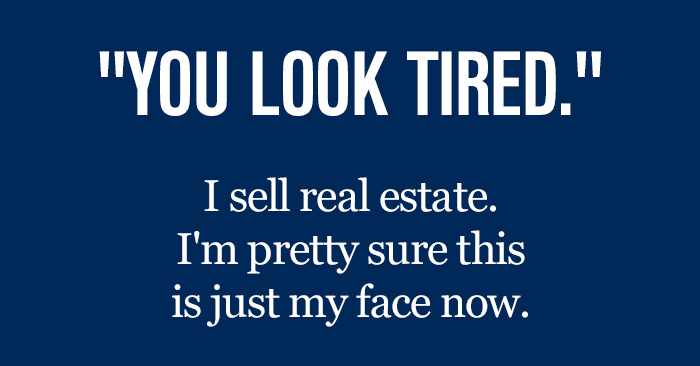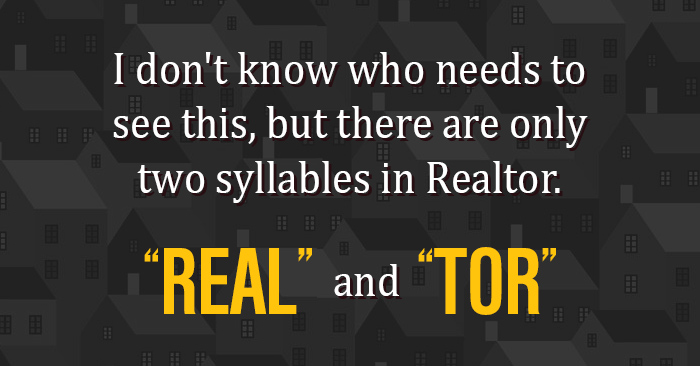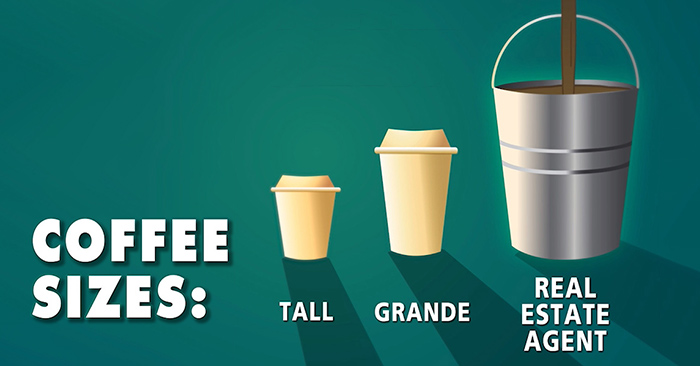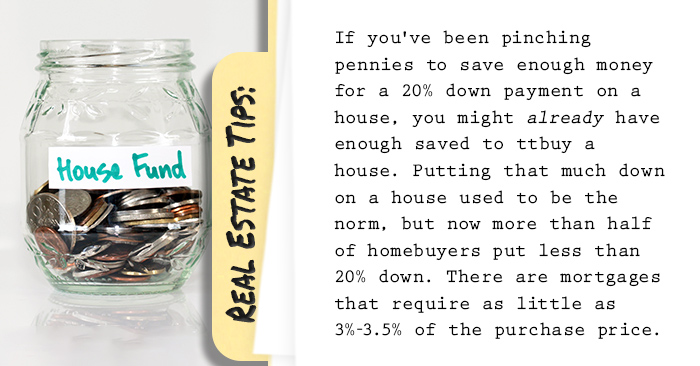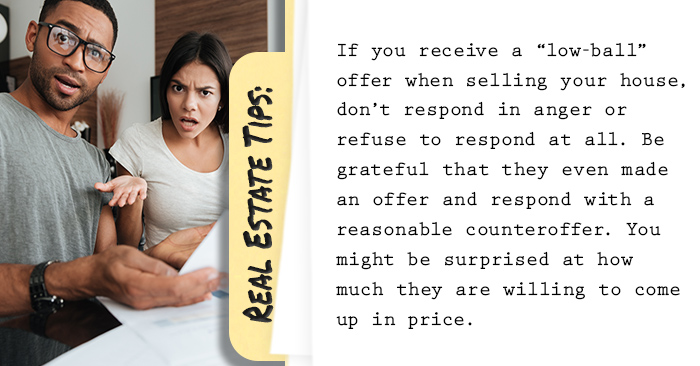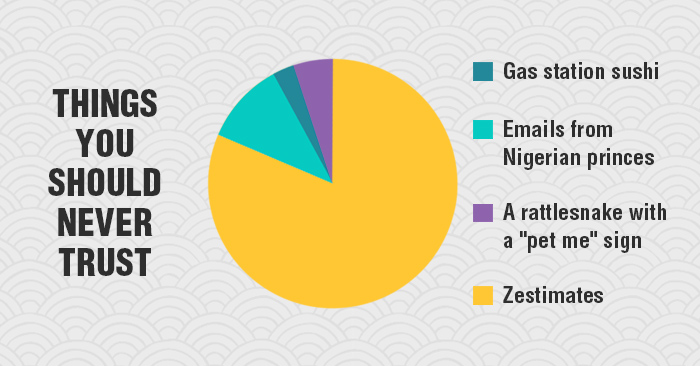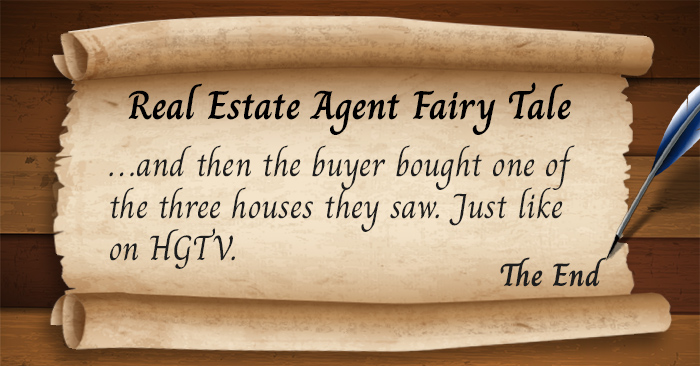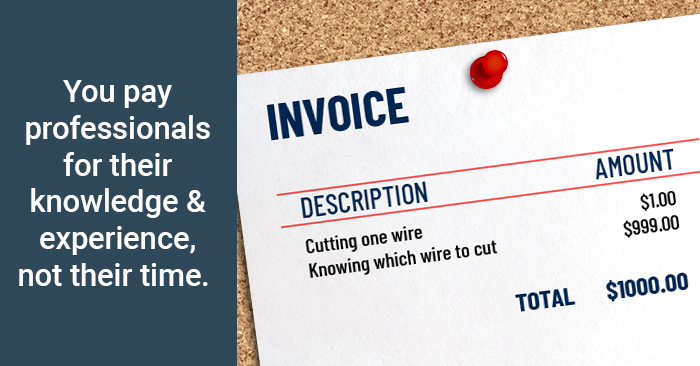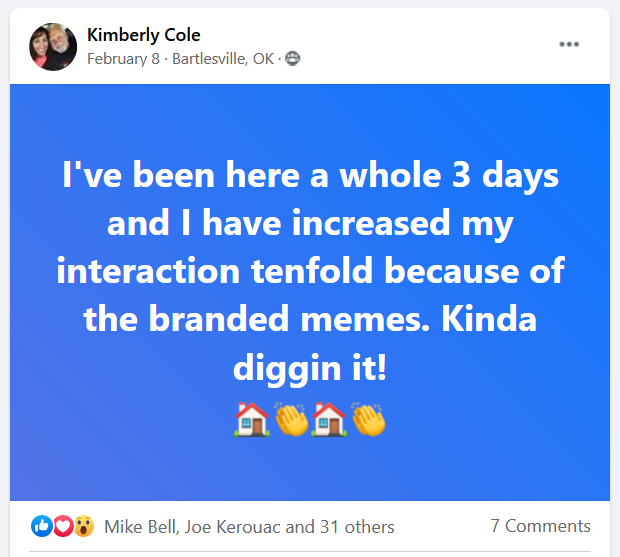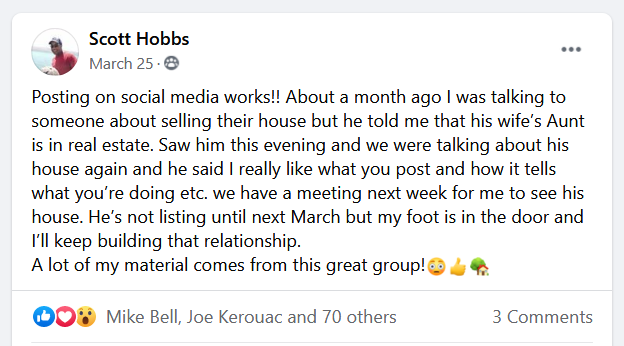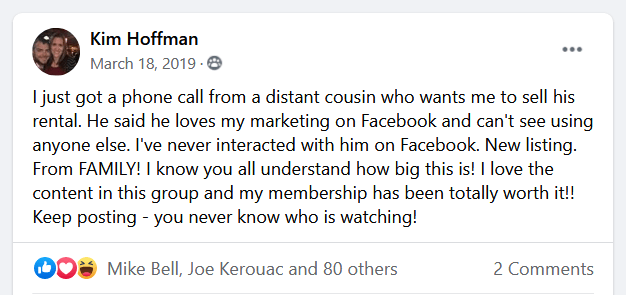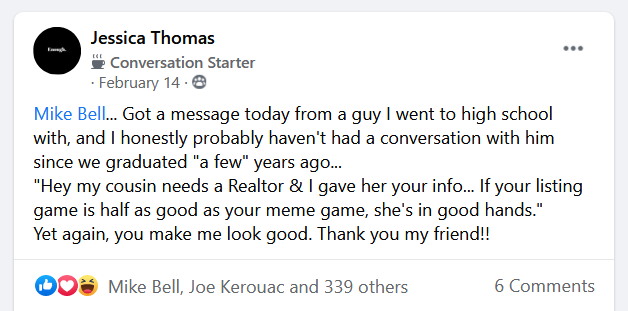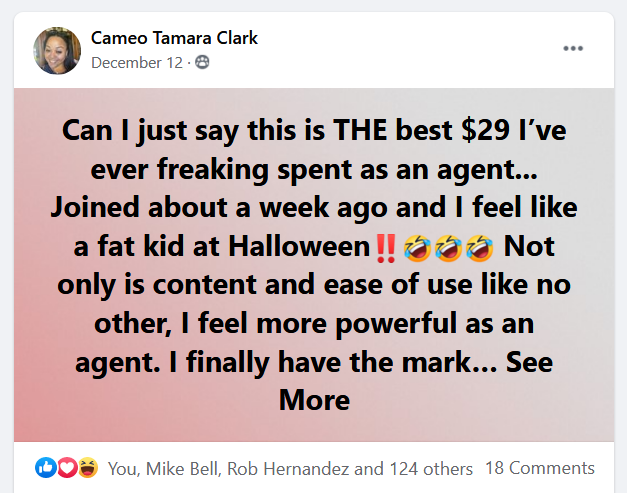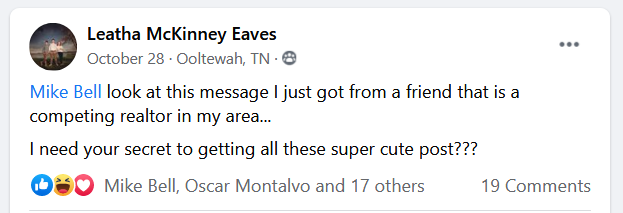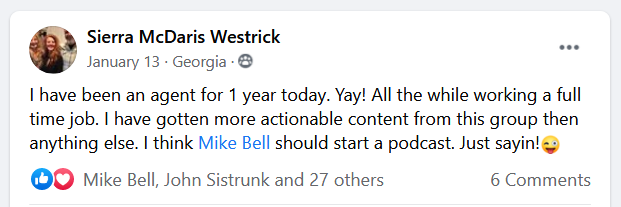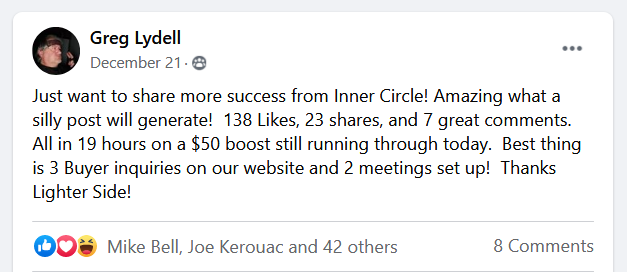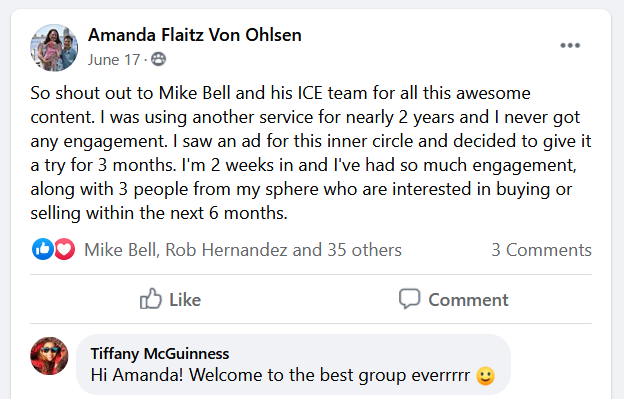Baby Boomers Are about to Be Your Best Chance at Becoming a Listing Agent

Agents learn early on in their career that listings are the name of the game. Unfortunately, no matter how much sense that makes, it’s still difficult for many agents to ever get enough of them (if any) to truly feel like they can refer to themselves as a “listing agent.”
If you think about it, there are exactly the same number of sellers as there are buyers every year — one of each per house sold. Yet many agents focus more on finding and working with buyers because it’s supposedly “easier” than finding sellers to work with.
It’s pretty easy to passively stumble into buyers to work with as an agent, since they often make themselves known because they want to see houses that are on the market. And they can work with agents without much commitment until they’re actually under contract to buy a house. But in order for you to even have a shot at working with a seller, you need to:
- Know they’re thinking about selling before they list their house with someone else.
- Be given the opportunity to do a listing presentation.
- Successfully convince them that you’re the best agent to get the job done, and get them to sign a listing agreement.
When you put it that way, it doesn’t actually sound so difficult, does it?! If only it were that easy.
Unfortunately, it isn’t that easy because unless you have a crystal ball, it’s almost impossible to predict who might sell their house in the near future. So in order to find prospective sellers you either have to…
- Have other listings that cause people to call you because they see you as a local go-to listing agent.
- Have a well-developed sphere-of-influence.
- Do a lot of consistent marketing to a large farm area, or entire city or town for a long period of time.
- Pay for seller leads from a lead gen company.
…or a combination of all of those things, which can take a lot of time, money, and patience.
And that’s in a normal market! But over the past few years, there’s been a crisis-level shortage of listings for the number of buyers chomping at the bit to buy a home. Landing a listing is even more of a slam dunk guarantee you’re making money, while working with buyers has become even more difficult due to the lack of listings and intense competition.
Fortunately, there’s a potential end to the listing drought in sight, and it’s the perfect opportunity for you to more easily pinpoint potential seller prospects and list more houses.
Boomers Have Been a Big Part of the Listing Shortage…
There are a lot of reasons why there aren’t enough listings on the market:
- Mortgage rates are higher than they’ve been in years.
- Anyone who owns a home has a low interest rate, and is hesitant to give it up.
- There’s not enough homes to buy even if they did sell, let alone one they really want.
- They’d have to compete with a lot of other aggressive buyers for the few homes on the market.
- Many houses are still selling for over asking price, despite interest rates being much higher than they’ve been.
But what hasn’t helped things at all, is that an entire generation of homeowners has basically thrown everything off by defying predictions for many years, and continues to do so.
Older Baby Boomers — and even some of the Silent Generation before them — have been described as an incoming “Silver Tsunami” for years. It’s a slowly approaching wave of homes that will hit the market all at the same time as people in those generations start selling.
In many ways, they’re causing much of the housing shortage by holding onto their homes for much longer than anticipated. And not only are they holding onto “forever” homes younger generations want to move up to, some of them have also scooped up second homes over the years.
So, why haven’t they been selling?
Well, the good news is, people are living longer, healthier, more active lives than ever before and are able to live in their homes longer. Many have remained in their homes to stay close to family. They likely own their houses outright and have plenty of equity. If they have a mortgage, it’s most likely at a very low rate. And many of them continue to work, or are collecting social security, and possibly even a pension.
…but Boomers Are About to Be Your Best Chance at Becoming a Listing Agent
Despite people enjoying longer, more productive lives, eventually age catches up with everyone. According to this National Mortgage News article, a recent report from the Mortgage Bankers Association’s Research Institute for Housing America predicts that 4 million Baby Boomer homes should hit the market each year between now and 2032.
Let’s put that into context. Check out this chart from Statista:
Four million homes was pretty much the total amount of volume for an entire year — or at least a good chunk of it — for many years over the past two decades!
So if you’ve been waiting for an opportunity or way to become a listing agent, you might want to set your sights on Baby Boomer homeowners. While other agents continue to cast a wide net for anyone who might be thinking about buying or selling, you can capitalize on a niche market that’s about to explode by targeting Boomers, reaching them before they decide to sell, and positioning yourself as an expert!
Here Are 4 Articles to Help You Find Boomers Who Want to Move
You could certainly create an elaborate marketing plan to go after Boomer business, but you also don’t have to overcomplicate it. It’s not like you have to reach all 4 million of them who are likely to sell in the next year — you just need to get enough of them in your area and network to identify themselves to you. Some simple content marketing is a solid, cost-effective way to market to them…
Writing content might not be your cup of tea, so we hand-picked 4 of our articles to get you started. You can share these for free on social media, or with your email list, to show Baby Boomers you’re an expert on real estate topics that speak directly to them, and generate some interaction and engagement with ones who are thinking about selling.
- Baby Boomers Can Capitalize on the Aging-In-Place Trend
This one’s a great example of a “market news” piece to show you have a handle on the nuances of the real estate market, while giving them some insight and incentive to take advantage of current market conditions before they disappear.
- 7 Signs It’s Time To Downsize
Bite-sized “listicles” like this one are a fun and easy way to get someone’s attention, and get them thinking about whether it’s time for them to finally downsize…
- 6 Questions to Consider When Downsizing
…and then you can follow up with this one to give them some thoughtful things to consider when they decide to sell their home and move into something smaller.
- Could These Backyard “Granny Pods” Be The Evolution Of Senior Living?
And here’s an example of an article that might inspire them to hit up their kids to make room in the backyard for a little retirement home, so they can finally list their “forever” home with you and move onto the next stage of their life!
Pro tip: Make sure to check our “Market News” section on Wednesday of every week for the newest article to see if it’s a good one for you to share with Baby Boomers.
Those are just to get your juices flowing and give you a jumpstart. In order for content marketing to produce results, make sure you regularly share content that will appeal to the Baby Boomer market.
If you want access to even more of our articles as soon as they’re published — and be able to add your branding to them as if you authored them — check out our Inner Circle membership.
When you join, you’ll also get access to 20 different how-to guides we call Branded Booklets, which you can customize and add your branding to, and one of them is perfect for marketing to Baby Boomers!
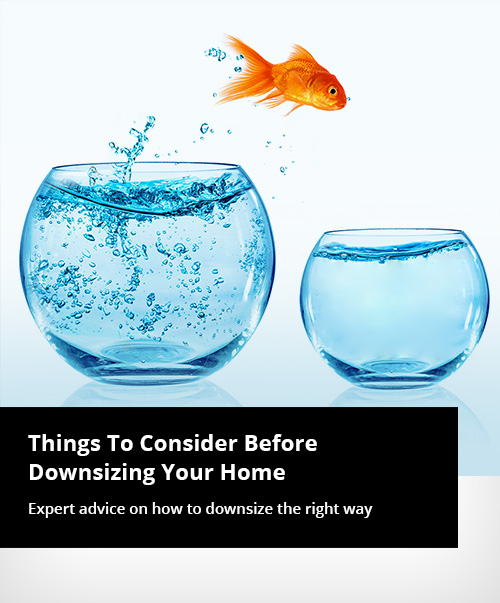
Our “Things To Consider Before Downsizing Your Home” booklet is a great tool for you to use as a lead magnet for Baby Boomers who are thinking about selling in the near future. Offer it as a hard-copy print version they can request and you either mail or drop off to them in person, or as a digital download when they give you their name and email address.









